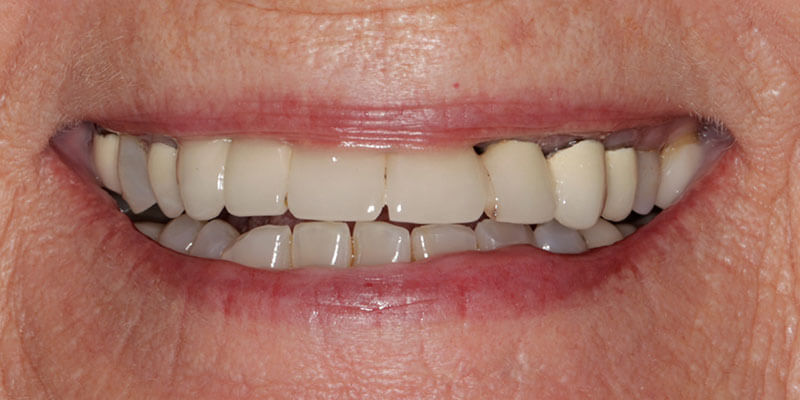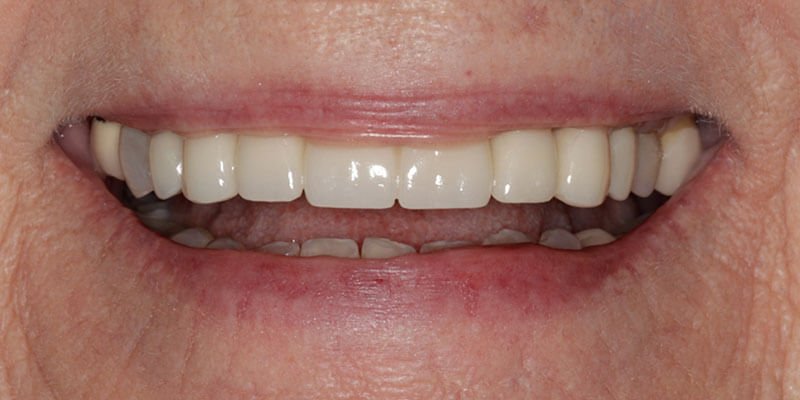Restore Your Smile Naturally: Inlays, Onlays, and More at Broadway Dentistry
If you’re looking for a reliable and long-lasting solution to restore damaged or decayed teeth, dental inlays and onlays at Broadway Dentistry in Broadway, VA, may be the perfect choice. Our skilled dentist, Dr. Jared Kneib, performs these restorative procedures, and can effectively repair and strengthen your teeth while preserving their natural structure.
If you have cavities, contact our Broadway, VA, dental office at (540) 896-8151.

What are Dental Inlays?
Dental inlays are custom-made fillings that are designed to fit snugly into the indented surfaces of your teeth. They are typically used to repair mild to moderate tooth decay, cracks, or fractures in the chewing surfaces or between the cusps of your molars or premolars.
Inlays are created from durable materials such as composite resin, porcelain, or gold. Dr. Kneib uses high-quality materials to ensure the longevity and natural appearance of your inlays.
Benefits of Inlays
Dental inlays offer several advantages over traditional fillings:
- Strength and Durability: Inlays are made from robust materials that can withstand the significant pressure and force exerted during chewing, making them a long-lasting solution.
- Tooth Conservation: Unlike traditional fillings, which require the removal of more tooth structure, inlays are designed to preserve as much of your natural tooth as possible, minimizing the risk of further damage or decay.
- Aesthetic Appeal: Inlays, particularly those made from composite resin or porcelain, can be closely matched to the color of your natural teeth, providing a seamless and natural-looking restoration.
- Improved Fit: Inlays are custom-crafted to fit precisely within the contours of your tooth, ensuring a tight seal and preventing future decay or sensitivity.
What are Dental Onlays?
Dental onlays are similar to inlays but cover a larger portion of the tooth’s surface. They are designed to restore teeth with more extensive damage or decay, extending over one or more cusps of the tooth.
Onlays are typically recommended when a significant amount of the tooth’s structure has been compromised, making it unsuitable for a traditional filling or inlay. Like inlays, onlays are custom-made from durable materials such as composite resin, porcelain, or gold.
Benefits of Onlays
Onlays offer many of the same benefits as inlays, including:
- Strength and Durability: Onlays are highly robust and can withstand the intense pressure exerted during chewing, ensuring a long-lasting restoration.
- Tooth Conservation: Similar to inlays, onlays preserve more of your natural tooth structure than traditional fillings, reducing the risk of further damage or decay.
- Aesthetic Appeal: Onlays can be designed to match the color and shape of your natural teeth, providing a seamless and natural-looking restoration.
- Improved Fit: Onlays are custom-crafted to fit precisely over the damaged portion of your tooth, ensuring a tight seal and preventing future decay or sensitivity.
Inlays & Onlays vs. Fillings
While traditional fillings are a common restorative treatment, inlays and onlays offer several advantages:
- Longevity: Inlays and onlays are typically more durable and long-lasting than traditional fillings, which may need to be replaced more frequently.
- Tooth Conservation: Inlays and onlays require less tooth removal than traditional fillings, preserving more of your natural tooth structure.
- Aesthetics: Inlays and onlays can be designed to match the color and shape of your natural teeth, providing a more natural-looking restoration compared to metallic fillings.
- Strength: The materials used for inlays and onlays, such as porcelain or composite resin, are stronger and more resistant to wear and tear than traditional filling materials.
Frequently Asked Questions
Inlays and onlays are designed to be durable and long-lasting. With proper care and maintenance, they can last for many years, often longer than traditional fillings.
Your dentist will make sure the procedure is as comfortable as possible by using local anesthesia and advanced techniques. Most patients experience minimal discomfort during and after the procedure.
While inlays and onlays are designed to be long-lasting, they can potentially become damaged or dislodged over time. In some cases, they may be repairable, but in other instances, they may need to be replaced entirely.
Proper oral hygiene, including regular brushing, flossing, and routine dental check-ups, is essential for maintaining the longevity of your inlays and onlays. Avoiding habits like excessive tooth grinding or chewing on hard objects can also help prevent damage.

